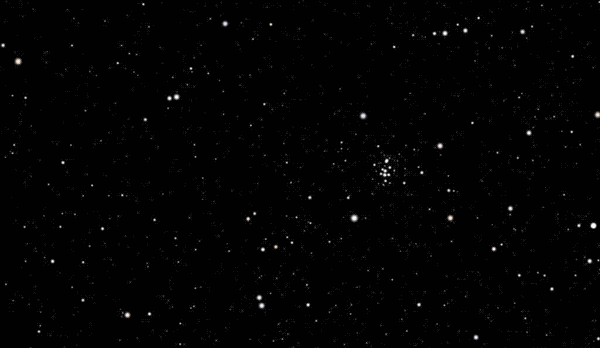The trouble with fables
We all learn fables along the way to being educated. It's part of everyone's intellectual upbringing. The trouble with fables is that they can make learning the reality all the more bitter.
For example, like many kids growing up in the United States I learned the fable of the first Thanksgiving. The story goes that when a group of pilgrims arrived in present-day Massachusetts in 1620, having originally left London from near where the Mayflower pub now stands, they weren't prepared for the harsh American winters. Their were saved by a friendly Native American named Squanto, who had learned English while travelling in Europe, and taught them how to fish for eel and sow corn. A "thanksgiving" feast was celebrated for many years after, and is now a national holiday.

Also like many American kids, I was horrified to later learn that Squanto's 'travelling in Europe' were not voluntary: he was captured and sold into slavery in 1614, and upon returning to his homeland found that the Patuxet people that he had originated from had been decimated by disease. And, the 'interpreting' he brokered between the Pilgrims and the local Pokanoket people was as a peacebroker in a bloody war, during which Native American tribes were murderously slaughtered by those same pilgrims and their descendants (Lipman 2024).
Science has fables too. They are just as much a part of everyone's scientific upbringing. And their departure from the truth can be pretty off-putting as well.
For example, you may have heard about a certain Swiss patent clerk who failed mathematics in school, and went on to become one of the most celebrated scientists since Newton.
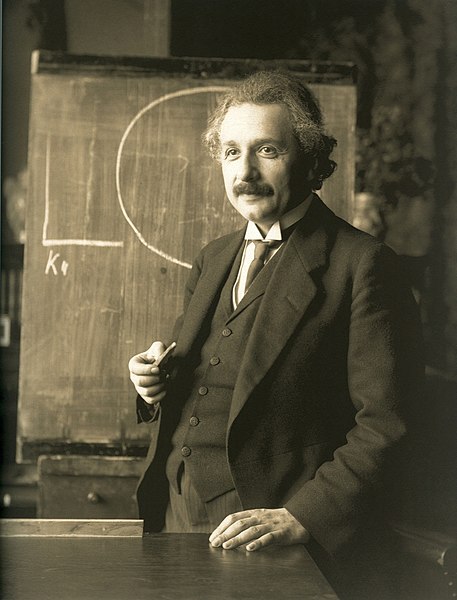
As it turns out, Einstein wasn't so bad at mathematics. He applied to a prestigious technical university when he was only 16 and did very well on the mathematics portion of the entry exam. But the headmaster suggested that because his overall score wasn't quite high enough, he should study a little more before entering.
In the 1950's, a Harvard physicist named Thomas Kuhn decided to investigate a famous fable of physics, which is the story of motion from Aristotle to Galileo to Newton, as a slow refinement and accumulation of knowledge resulting in the current laws of gravity.
Kuhn was shocked to find that there is little evidence for this fable. On the contrary, at several stages of development of our understanding of freefall, even from Aristotle to Galileo, there was such a dramatic shift in perspective that it is hard to say they're describing the same world.
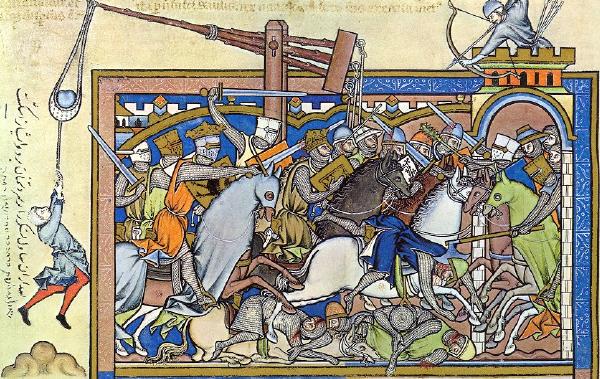
A 1250 illustration of a trebuchet, a frequent source in the medieval study of free fall.
For example, the medieval explanation of free fall followed Aristotle, who said that bodies have a natural tendency to reach the lowest point that they can. In this way of thinking about free fall, an oscillating pendulum was not a natural concept. As Kuhn put it, a medieval scholar would view a pendulum as a rather "torturous motion" in which the swinging pendulum struggles to reach a low point, only to be pulled away into an unnatural state again. According to Kuhn, the concept of a pendulum is basically never discussed throughout the medieval period, because it is such a poor fit for their view of gravity.
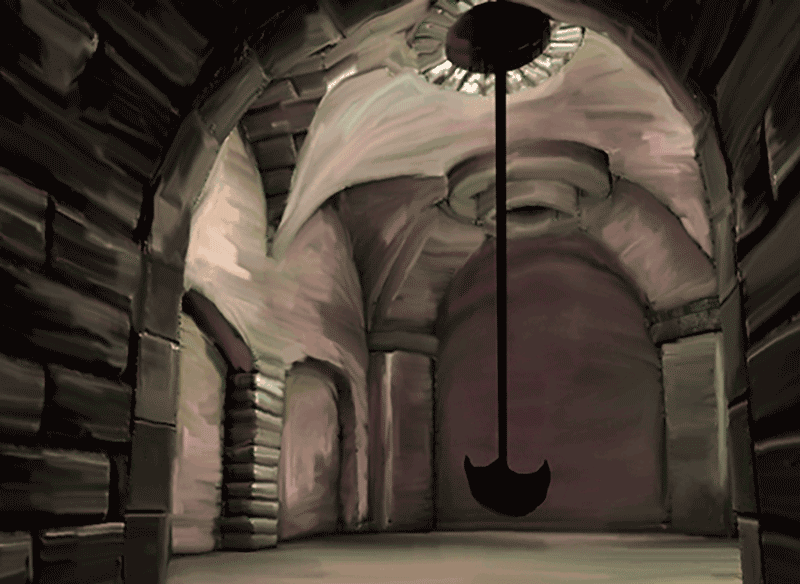
In contrast, Galileo saw a pendulum as a device that was very close to repeating the same motion, without mention of its 'natural state' being a lowest point. As a result, Galileo was able to study the laws of pendulum motion, such as that a pendulum has approximately the same period even as its swing angle gets smaller, and that this period is proportional to its length. According to Kuhn, this was possible because Galileo could see the very concept of a pendulum, which one could hardly conceive of from within the medieval paradigm for freefall.

Luigi Sabatelli's fresco at the Cathedral of Pisa, depicting Galileo watching a chandelier swing back and forth instead of paying attention in church, which is how Galileo reported discovering the pendulum laws.
Kuhn argued more generally that from our perspective today, Aristotle's arguments were not simply incorrect: they were a totally different paradigm. Like a child reeling from the discovery that Christopher Columbus exploited and enslaved Native Americans, this discovery led Kuhn to radically revise his understanding of the history of science.
The Structure of Scientific Revolutions in a Nutshell
In one of the most influential books of the 20th century, called The Structure of Scientific Revolutions, Kuhn argued for a major revision to how we understand scientific theory change. Although it is unquestionably a book of academic philosophy of science, it differs from most in that it sold over a million copies. It is also had a pervasive influence on most of the humanities, making it one of the most-cited books ever.
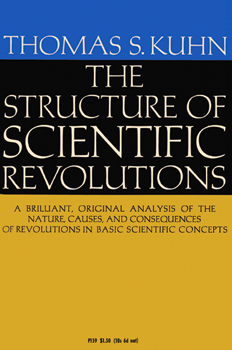
It's also an incredibly accessible book, and well-worth adding to your philosophy reading list. But here is what it says in a nutshell.
Kuhn in a Nutshell
Science as we know it is defined by the paradigms that a community works in. This paradigm includes the basic assumptions, the open problems, and even the methodologies that scientists are allowed to use. There are almost always anomalies that don't fit the paradigm, but these are often assimilated or ignored. When social factors prevent this a revolution may occur in which the paradigm is overthrown. Like political revolutions, scientific revolutions are not systematic. They are not merely an addition to what has come before. They are radical and fundamental changes in the very nature of the institution.
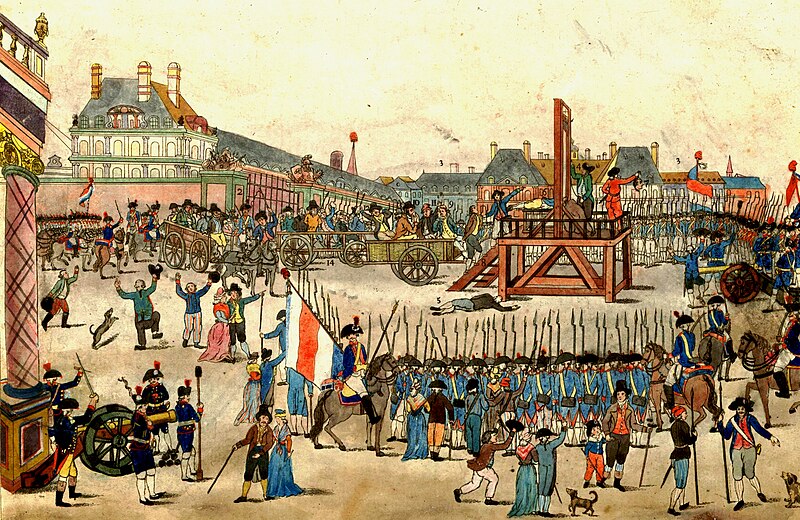
Kuhn's proposal was a major departure from how the history of science is presented to the majority of scientists. Like the Thanksgiving fable, the history of science is often presented in a highly reconstructed way. You've probably heard the story before: the history of science is the slow accumulation of knowledge over the centuries, through the systematic triumph of reason and experiment over intuition and dogma.
For Kuhn, the fable is completely wrong: the history of science is not the accumulation of knowledge; it is not systematic; and it is not the outcome reason and experiment over intuition and dogma.
Example: The Copernican Revolution
To understand the Copernican Revolution in Kuhn's terms, you first have to understand what pre-Copernican science was like.
Ptolemaic Astronomy
Ptolemaic astronomy placed the earth at the centre of the cosmos.
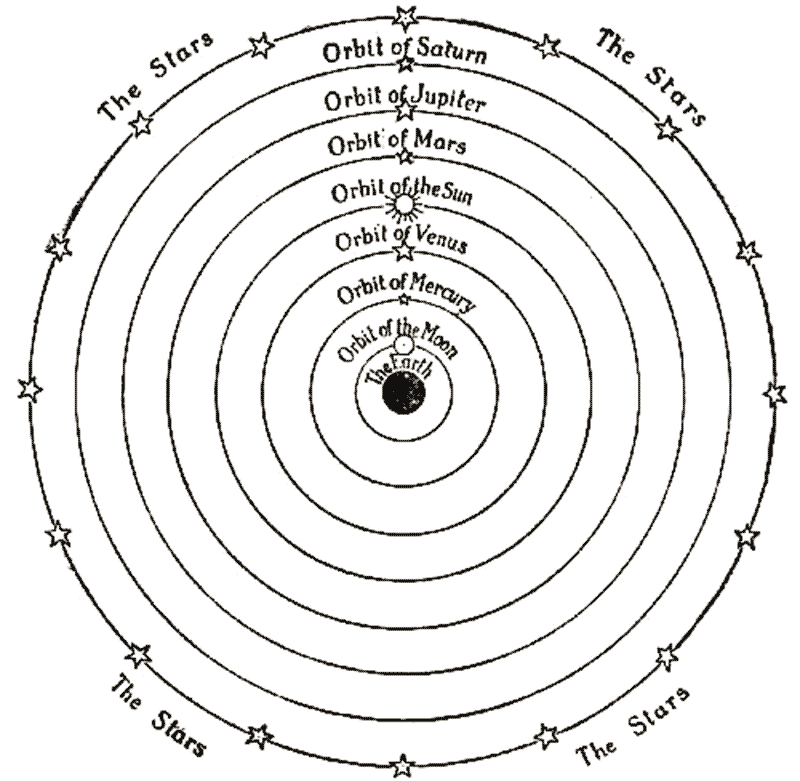
This classical Greek understanding took the sun, planets and star field rotating around the earth in steady regular motion. This theory was consolidated in the 2nd century Almagest by Greek-Egyptian scholar Claudius Ptolemy. Its ideas remained pervasive in many civilisations, becoming the common European standard of astronomy in the 12th century when it was finally translated from Greek to Latin.
On the Ptolemaic picture, the earth is completely fixed and motionless. It does not turn. So, a day is the time it takes the sun to go round the Earth. But that leaves open a number of other questions.
For example, what is a year? A year was in part determined by the star field, which took almost exactly a year to rotate around the earth. Further seasonal changes could be explained by the slow tilting of the plane of the sun's orbit. By studying this tilting, one could determine the length of the year, and even predict the changing seasons.

Dealing with the planets was a particularly creative accomplishment for Ptolemaic astronomy. As you may know, the word planet means wanderer. It comes from the fact that the planets appear to wander across the sky in a strange "back and forth" pattern called retrograde motion.
Here is a 7-month time lapse that shows the retrograde motion of the planet Mars in its path across the sky.
If you were a classical Greek astronomer, how would you describe this phenomenon? Their solution was particularly clever. Suppose that the planets do not follow simple circular orbits, but rather traverse little "orbits within orbits" called epicycles. This would look like the following.
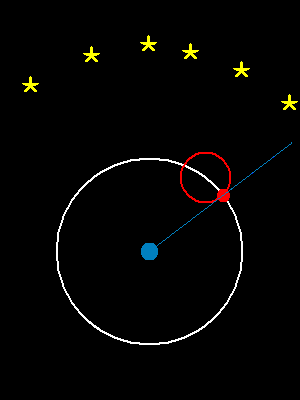
The blue dot is the earth, and the red dot is Mars. You can see that the epicycle gives rise to a motion against the background stars that is very similar to the one visible in the night sky. The size and speed of the epicycles could be adjusted so that the model matched the observation. A very clever idea indeed!
Once all this was settled, what did Ptolemaic astronomers work on? From Kuhn's perspective, it was essentially a mopping up activity in which the details were set straight. Some examples of legitimate scientific activities during that time included:
- Increase the accuracy of the model by calculating slight adjustments to the epicycles or declinations.
- Match existing data to predictions of the theory.
- Determine new applications of the Ptolemaic model, such as to the prediction of eclipses and more precise seasonal variations.
But one did not challenge the Ptolemaic model itself, which was taken to be a basic assumption of the community.
The arrival of Copernicus
With the 1543 publication of On the Revolutions of the Heavenly Spheres, Copernicus produced a radical new model of the cosmos, which famously placed the sun at the centre of the universe.

The "normal" Ptolemaic astronomy of the time reacted harshly to this new proposal. The preacher Andreas Osiander inserted a remark into the preface of Copernicus' book stating that it should be viewed as a mathematical convenience rather than as a literal truth. Martin Luther derided him, saying that "This fool wishes to reverse the entire science of astronomy." The book was soon removed from public circulation. Although not accepted in his lifetime, the Copernican system was slowly and eventually adopted, and its critics steadily died out.
One might have hoped to call this a triumph of reason and empirical evidence over intuition and dogma. On the contrary, Kuhn argued: the revolution was a socially driven phenomenon.
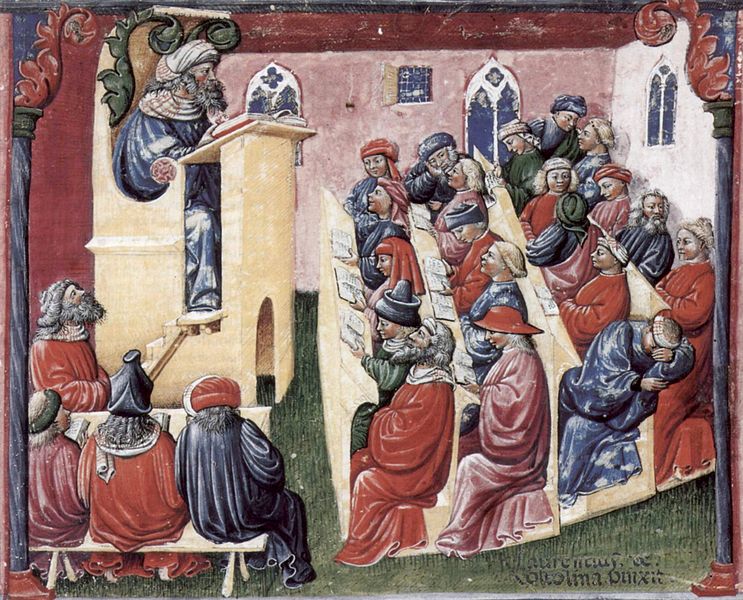
For example, the seasons and eclipses both presented anomalies for the Ptolemaic astronomers. These were traditionally approached as puzzles to be solved within the Ptolemaic paradigm. However, the need for a more accurate calendar made the failure to make accurate predictions about the seasons and the eclipses more conspicuous. The community's dissatisfaction became more acute. And it was this social dissatisfaction that set the stage for the Copernican revolution according to Kuhn.
What about the accuracy of the Copernican theory? Astronomy was after all a matter of describing observable facts. Isn't it really justified by its factual accuracy in describing observed data?
Not so, according to Kuhn. And he makes a compelling point: the Copernican theory was not obviously more accurate than the Ptolemaic theory at the time of its proposal. Nor was it obviously "simpler." Which of the two models of Mars below seem to provide a "simpler" explanation of the path of Mars in the night sky?

On the Kuhnian picture, the pervasive anomalies in Ptolemaic astronomy were only part of the picture. They couldn't be ignored or assimilated, and in the presence of appropriate social pressure, they led to a crisis in science. It was this revolutionary environment that led to the overthrow of Ptolemaic astronomy. It was not a rational activity according to Kuhn. It was a social revolution.
The Rules of Normal Science
Let's go back and think about what Kuhn calls Normal Science, like Ptolemaic astronomy before Copernicus.
According to Kuhn, Normal Science rests on a few open-ended achievements in the history of a science. For example, the discovery that the earth goes round the sun would be an open-ended achievement in modern science. Can you think of others?
The importance of these achievements to members of a scientific community are what determine the science itself according to Kuhn. For example, it sets basic assumptions of the community, but also the instruments to be used, as well as puzzles and problems to be solved. These include things like the following.
Allowed in Normal Science
- Increase the accuracy and scope of facts and concepts built within the paradigm
- Match facts with paradigmatic theory
- Articulate the paradigm itself in a more refined and careful way, like by reformulating or generalising the laws.
- Determine new applications
A Normal Science community also views certain things as not allowed within the framework of science.
Forbidden in Normal Science
- Look for new sorts of phenomena
- Look for anomalies
- Dwell on anomalies when they do pop up
- Invent a new theory or tolerate those who try
- Go outside the small range of esoteric problems determined by the paradigm
These rules determine a paradigm, the object that determines the nature of science. The price of ignoring the rules specifying the current paradigm is to be ignored by the scientific community.

Of course, it could also be worse: recall that Galileo was threatened with death for his support of the Copernican system. But unlike the standard fable, Kuhn does not view this as a great battle of religion against science. It was a battle of Normal Science against a paradigm shift!
N.B. The word "paradigm shift" is well-known today, but only came into common usage following Kuhn's popularisation of the idea.
How Revolutions Happen
Most of the time science doesn't really discover things according to Kuhn. That would be too strong of a word. For Kuhn, the typical scientific activity consists in mopping up the details of what is already known. In this period of a science, anomalies are typically ignored or set aside.
The Kuhnian Normal Scientist?

How do major changes happen? They happen when harmless anomalies turn to crisis.
Of course, anomalies can't always lead to revolution or science would never get anything done.So, when an anomaly becomes pervasive, new ad hoc modifications are typically proposed. In the case of Ptolemaic astronomy, these could come in the form of new and more elaborate epicycles.
But when an anomaly draws on existing discontent it can lead to a crisis. Attempts to solve the anomaly may lead to new discoveries. Eminent authorities may devote more attention to it. More scientists may articulate discontent about it. The anomaly is quarantined, studied, and alternative explanations are proposed. This crisis environment may itself lead to new discoveries.

Many competing schools of thought may emerge to deal with the crisis. But when one or two begin to emerge as a candidate for a paradigm, this may lead to a battle of what to accept.
As one paradigm begins to dominate, it demands that the fundamentals of the science be completely reconstructed. The rules are altered. The basic principles are changed. The methods and applications are modified. It is a complete shift in paradigm.
Kuhn says that a paradigm shift is normally carried out by people who are either very young or very new to a field, since they do not carry the same indoctrination. But what of the adherents to the older views? Kuhn writes:
"older views... are simply read out of the profession and their work is subsequently ignored. If they do not accommodate their work to the new paradigm, they are doomed to isolation or must attach themselves to some other group"
Kuhn intends a real analogy to political revolutions. Dissatisfaction grows into overthrowing existing institutions. There is little governance as the revolution is happening. There are many competing powers in play. The old leaders are replaced by new ones. And there is a fundamental change from one way of life to another, the two of which are otherwise incompatible.
On this picture, major changes in science do not come about by logic or argumentation. They are fundamentally irrational, amounting to matters of social pressure and value more than matters of fact.
Changing the World of Science
Thus, the fable of slow accumulation of knowledge is one the Kuhn loudly rejects. Of course, change does happen in science. But it is not a matter of slow and steady progress. Scientific revolutions are rather like a Gestalt shift, in which one comes to view the same thing in a completely different way.
For example, in which direction is this silhouette rotating if viewed from above?
The Spinning Dancer Illusion

People disagree. If you blink, shake your head, look away, or come back later, you will yourself experience a Gestalt shift in viewing her to turn in the opposite direction. However, I assure you that the animation itself has not changed; it is always the same thing on a loop!
The fact that science is defined by a paradigm means that there is no scientific way to compare science before and after a revolution. Two different paradigms are simply incommensurable.
Margaret Masterman's Critique
After Kuhn's Structure was published in 1962, an influential colloquium about it was organised in 1965 by the London School of Economics together with the British Society for the Philosophy of Science. The colloquium took place at Bedford College in London, which was part of the University of London system and now merged into Royal Holloway, and was attended by many influential philosophers of science including Kuhn, Popper, Feyereband, and Lakatos.

Bedford College, located near Regent's Park in London
One participant, a computer scientist named Margaret Masterman, wrote a remarkable critique of Kuhn's book for that conference. She pointedf out that Kuhn uses the word 'paradigm' in no less than 21 different ways. So, when Kuhn claims that a paradigm shift is a 'revolution' or a 'gestault shift' or a 'different world', it is entirely unclear what he means.
To bring some order to the chaos, she groups the paradigms into three categories:
- Metaphysical paradigms: Changes of metaphysics.
- Sociological paradigms: Changes of social habits, practices, or standards.
- Construct/Artefact paradigms: Changes of the main models or tools of analysis.
Her argument is that with this and a few other refinements, the second and third categories of paradigm shift correctly capture scientific theory change as it happens in the wild.
A number of other formative responses to Kuhn came out of this conference. You can read about them here in the volume of collected papers from it, here.
More worries About Kuhn
1. Mob psychology? Kuhn seems to be arguing that scientific change is little more than mob psychology. But on the contrary, science appears to be an incredibly rational enterprise, and distinct from other institutions like politics and religion because of this. How can this be explained on the Kuhnian picture?
Kuhn says that that there is "no standard higher than the assent of the relevant community," but this appears to be too strong. If he is simply arguing for skeptical relativism, then this may as well be a reductio ad absurdum.
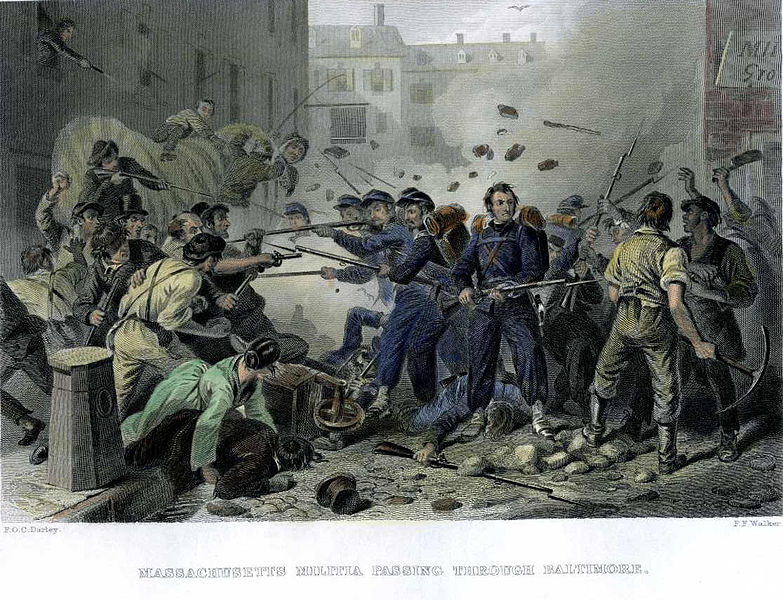
2. Really incommensurable? Kuhn suggests that sciences in different paradigms cannot be compared, because they adopt different world-views. This suggests that we cannot say, for example, that Ptolemaic astronomy is wrong. But that seems absurd. If we know anything at all, we know the earth moves round the sun and not vice versa. But if Kuhn is right, it seems we don't even know that.
3. Is it really so dramatic? Mini-revolutions seem to happen all the time, without overthrowing all the institutions of science. These mini-discoveries don't appear to fit into Kuhn's own fable.
Other developments that seem revolutionary also fail to fit the mold. For example, it seems that the DNA revolution didn't really bring much revisionary overthrow of institutions. Maybe Kuhn is just overly focused on a couple of fables, whose accuracy one may also question.
In the end, one wonders if Kuhn hasn't just replaced one fable with another. But if so, then what is the real story? How should we describe the way that scientific theories change?









